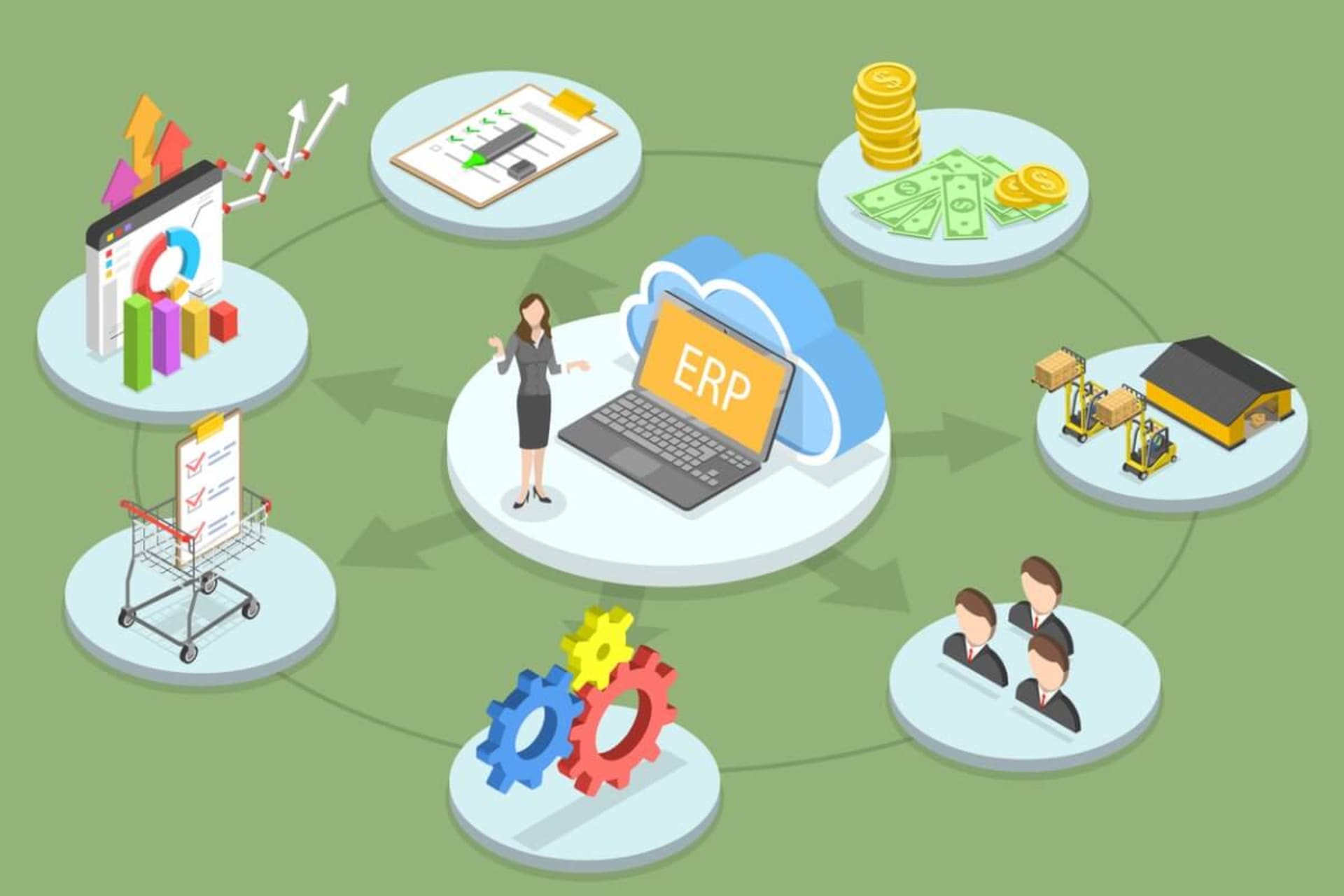Serverless deployments are all the rage right now. By going serverless, your company can save a good deal of money. Because serverless deployment removes the physical barrier to entry, any company can enjoy the power of scalable computing power without having to purchase expensive systems.
Going serverless also means your administrators and developers can spend more time focusing on more important tasks and less on provisioning and managing complicated hardware.
With serverless systems, it’s all about the software side of things.
However, with Java performance tuning tips and Java reigning as one of the most popular programming languages on the planet, many companies still depend on it to function.
So, how do these two technologies come together? Let’s take a look.
What Is Serverless Java?
Instead of thinking about this as a language, let’s examine it from the framework of Java applications. By going serverless with Java applications, you gain the advantage of cloud computing, which (as I mentioned earlier) allows your developers to focus all of their time on building the apps your company needs to solve business problems and offer services to clients and customers.
By leveraging cloud computing, your Java apps gain the advantage of scaling, built-in runtimes, resource management, security, and massive networking. Without the burden of physical limitations, your Java applications can be run on demand with high availability. What is Java? It’s a powerful, platform-independent language that thrives in modern cloud environments, enabling developers to focus on solving business problems rather than managing infrastructure.
And because the totality of the physical hardware is abstracted from your developers, they can dream bigger and deliver more.
The advantages of serverless Java include the following:
- Easier application delivery
- Simplified and efficient maintenance
- Scaling use-based cost structure
- Faster time to market
- Faster updates
- Larger scaling capabilities
- Scale to zero when idle
- Stateless operation
- Event-driven execution with triggers
- Automation
- Platform handles all starting, stopping, and scaling actions
One route to migrating your Java development to a serverless framework is with the help of Spring. Spring is an open-source framework that provides all the necessary infrastructure support for Java applications to run serverless. With Spring, developers can create high-performing Java applications with simple, plain old Java objects (POJOs).
Spring provides:
- The choice of reactive, imperative, or hybrid programming styles
- Function composition and adaptation
- Support for reaction functions
- Transparent type conversions
- Packaging functions for Java deployments
The serverless model works something like this: A developer uploads their application code that does something and depends upon a specific trigger to launch. When the specified trigger happens, the code is executed and responds to a specified event. Once again, that workflow is a perfect environment for Java. And because you can create highly functional web applications with Java, serverless systems become an ideal environment for the Java language.
Which Language Is Best for a Serverless Framework?
The next question that comes to mind is whether or not Java is the best language for serverless computing. That, of course, depends on your use case. To answer this question, let’s take a look at what languages are supported by the top serverless providers. If we first look at Java, we see that it is supported by the Big Three: AWS, Google, and Azure. However, if we examine the most popular programming language in the world (JavaScript), we see that it is supported by AWS, Google Azure, Netlify, Vercel, and Cloudflare.
Next up is TypeScript, which is supported by the same list as JavaScript.
Go comes in third with support from Netlify, AWS, Google, Azure, and Vercel.
In fourth place is Python with support from AWS, Google, Azure, Vercel, and Cloudflare.
Ruby and Java are tied for fifth place, with Ruby gaining support from AWS, Google, and Vercel and Java enjoying support from AWS, Google, and Azure.
With that out of the way, it’s safe to assume that JavaScript is the best for a serverless framework, but seeing as how Java is supported by the main three cloud providers, there’s no way you can count it out.
What Can You Build With Serverless Java?
With serverless Java, you can build applications for streaming content, web applications, single-page web applications, multi-cloud deployments, and you can even work within containerized applications, such as those you might deploy and manage via Kubernetes. In addition, serverless Java is perfectly suited for synchronous API backend services for mobile applications, B2B projects, glue logic, and asynchronous message and file processing.
What Is the Disadvantage of Serverless Java?
If there is a disadvantage to using Java on a serverless architecture, it would have to be its cold start performance. Java isn’t the fastest language in the world, which means cold start times can be a bit slower than other languages. Granted, we are often talking seconds in difference, but if you have applications starting throughout the day, those seconds can add up.






